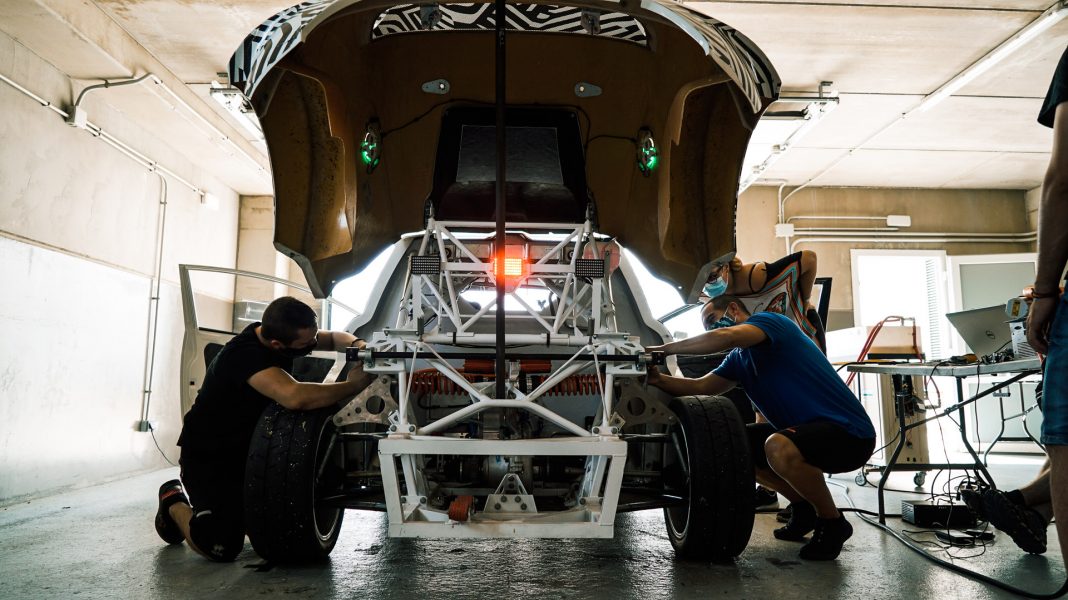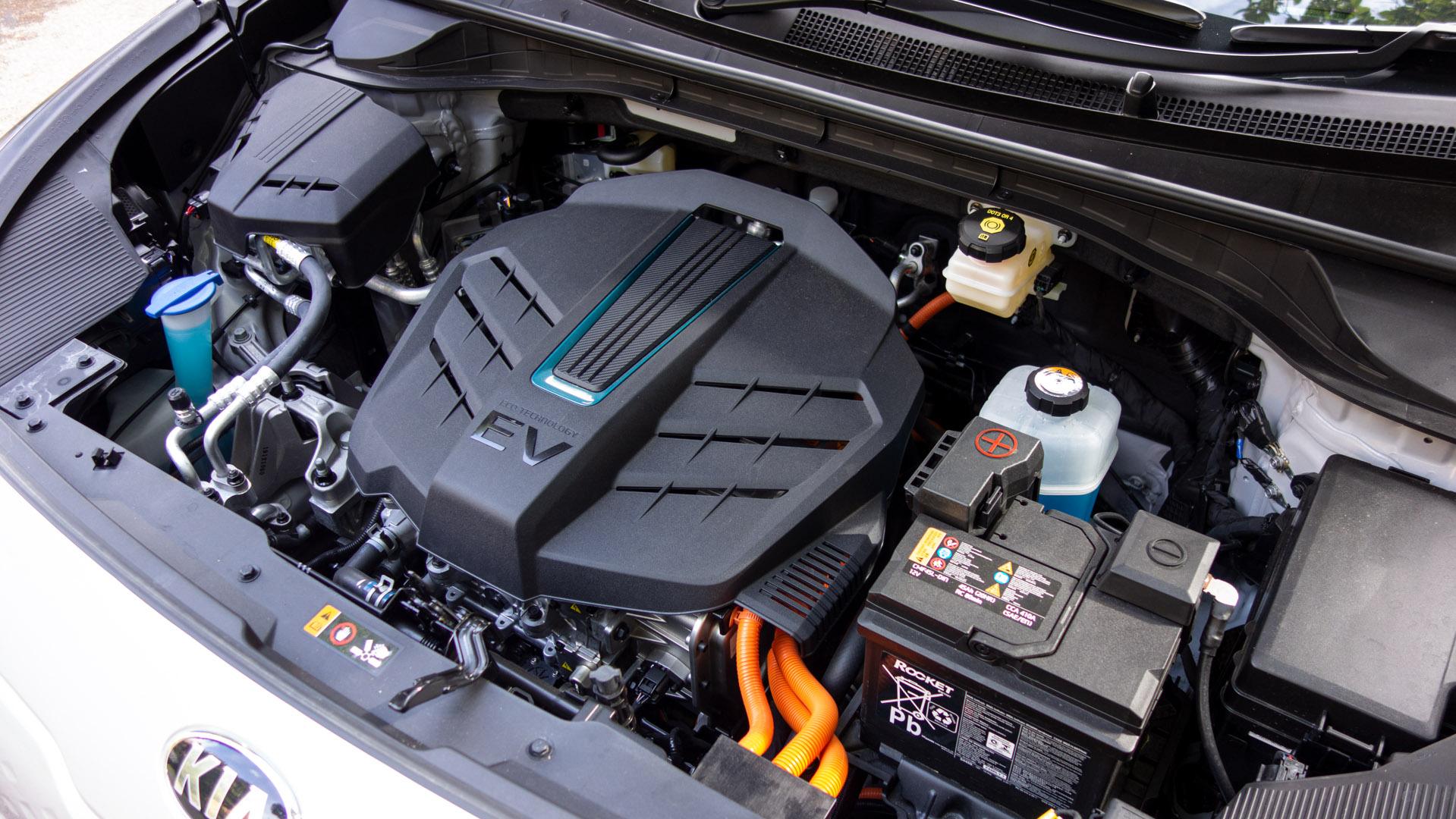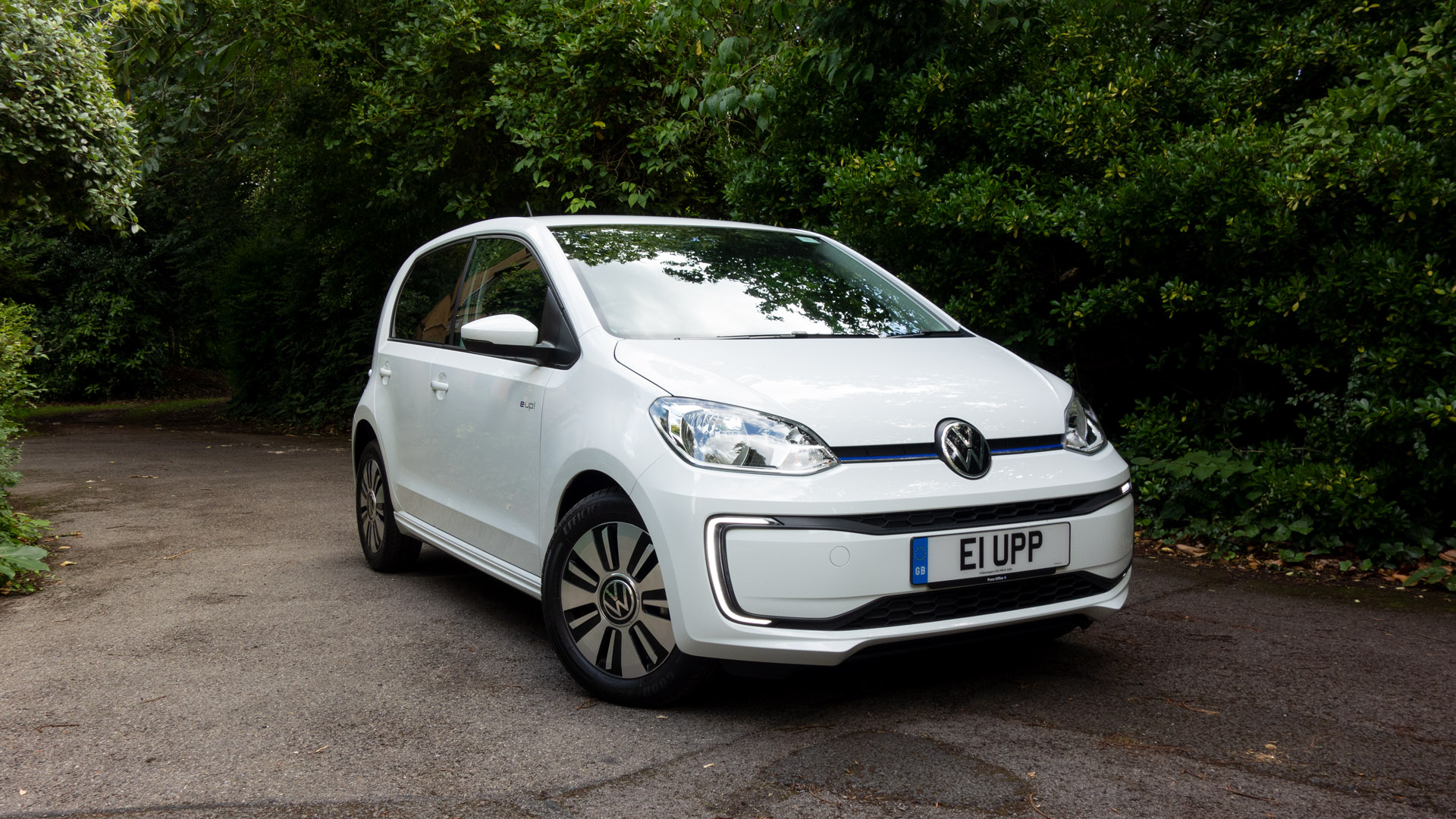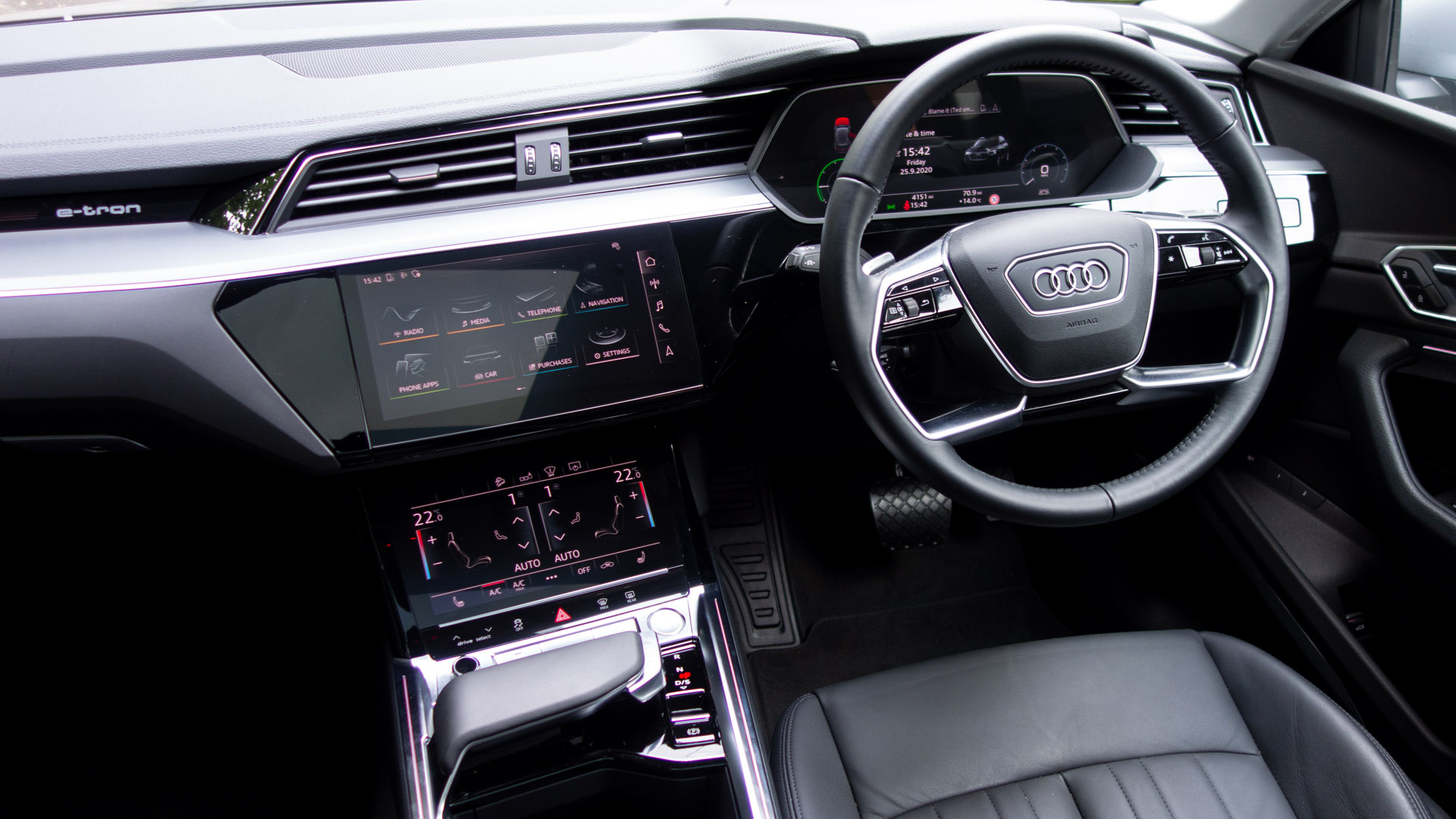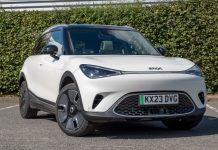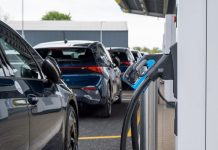The United States Environmental Protection Agency (EPA) says that for every 45kg (100 lb) of weight taken out of a vehicle, the fuel economy is increased by one to two percent. This holds an opportunity for the electric vehicle (EV) sector, which is fighting to boost energy efficiency and quash ‘range anxiety’. However, composite EV battery enclosures could support the overall light-weighting mission, and provide additional structural benefits compared with the traditional metal offerings.
Battery enclosures for EVs, also called frames, boxes or housings, and have a primary purpose of holding and protecting the battery cells. Aluminium and steel are traditional material choices for battery enclosures. Yet, composites could provide an improved alternative, which can significantly improve the performance of an EV.
Read next: Battery manufacturer Microvast commences production in Germany
Mass EV adoption is currently held back by range anxiety — concerns that vehicles won’t be able to travel far enough on a single charge. To alleviate range anxiety, there is an unquestionable need for safe, lightweight and cost-effective EVs. For EVs to make it in the market, the components that form them must also possess these qualities. If a part can be made using a lighter material without compromising safety and function, then it’s a no-brainer for designers and material selectors in original equipment manufacturer (OEM) and System Supplier businesses.
In some instances, switching from metal to composite doesn’t just match previous functionality, it surpasses it by bringing in additional benefits. This is demonstrated in the case of EV battery enclosures, as composites offer weight reduction, improved insulation and safety.
To better under the subject, TotallyEV reached out to Exel Composites, a company that for the last 60 years has been developing composite solutions for a wide range of industries and applications.
Read next: Our favourite power banks for long journeys
Weight reduction
Arguably the main reason to choose composites over aluminium, is that up to 40% of weight can be saved by making the enclosure from 100% composite materials. A lighter battery box made from composites has a positive knock-on effect on the entire vehicle design. With a lighter vehicle weight attributed to the battery enclosures, smaller batteries and reduced engine sizes are required to haul a lighter vehicle. This positive spiral results in reduced vehicle cost.
Read next: Kia e-Niro review: The best all-electric SUV?
Insulation
Aside from being a lighter material in its own right, composites take away the need for a separate insulation system, which reduces weight even further, and helps streamline the supply and value chain. With metal battery enclosures, an added insulation system around the material is required to keep the batteries running at operational temperatures. Due to the insulating properties of composites, these materials already do a good job of preventing heat transfer, without the need to add more weight-increasing parts to the entire system.
Read next: World’s first intelligent EV battery unveiled by InoBat Auto
Safety
Looking at the wider vehicle, composite battery casings can be designed as part of the vehicle body structure, not only protecting the battery, but also the passengers of the vehicle. The strength and stiffness properties of composites outweigh those of aluminium or steel, providing better crash safety. This integration will require close collaboration between the battery enclosure suppliers and chassis designers but offers a real possibility to boost vehicle safety.
Read next: Volkswagen e-up! review: A bite-sized electric car
What’s next?
If OEMs are going to reap the energy economy returns of light-weighting, composites will no doubt play its role. This could be much more than simply reducing the mass of the vehicle, but also help improve crash safety, driving dynamics and experience as well as the overall strength of the vehicle itself. Range anxiety remains one of the key hurdles that the EV sector must overcome, and thinking outside of the conventional material choices for battery enclosures are essential steps to reducing vehicle weight, and reaping fuel economy returns.
To learn more about how companies support the automotive industry, with enclosures and more, head on over to Exel Composites.

